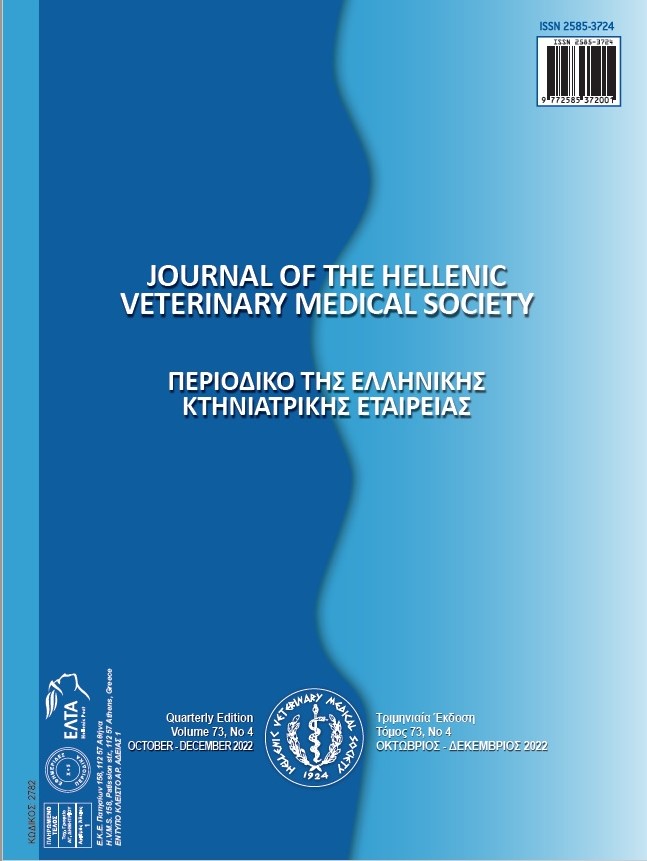Assessment for the passage of tylosin into the milk of Anatolian buffaloes
Abstract
Tylosin is a broad-spectrum macrolide antibiotic commonly employed in veterinary medicine to treat bacterial infections. The present study assessed the milk-passage patterns of tylosin up to the 16th milking after a single intramuscular injection at the dose of 10 mg/kg/b.w. to Anatolian buffaloes. The residue levels of tylosin in milk samples of each animal were analysed by LC-MS/MS. The detection and determination limits of the employed method were 0.19 μg/kg and 0.64 μg/kg, respectively. The highest level of tylosin was found to be at the second milking. At the ninth milking, tylosin residue level decreased under the maximum residue limit of 50 μg/kg. Additionally, the employed LC-MS/MS method is used to assess tylosin residue in 40 milk samples and all of the samples were found to be tylosin free. In conclusion, this study determined the milk passaged levels of tylosin into milk of Anatolian buffaloes using an LC-MS/MS method.
Article Details
- Zitationsvorschlag
-
ACAROZ, U., KUCUKKURT, I., INCE, S., ARSLAN-ACAROZ, D., GURLER, Z., & ERYAVUZ, A. (2021). Assessment for the passage of tylosin into the milk of Anatolian buffaloes. Journal of the Hellenic Veterinary Medical Society, 72(3), 3127–3132. https://doi.org/10.12681/jhvms.28502
- Ausgabe
- Bd. 72 Nr. 3 (2021)
- Rubrik
- Research Articles

Dieses Werk steht unter der Lizenz Creative Commons Namensnennung - Nicht-kommerziell 4.0 International.
Authors who publish with this journal agree to the following terms:
· Authors retain copyright and grant the journal right of first publication with the work simultaneously licensed under a Creative Commons Attribution Non-Commercial License that allows others to share the work with an acknowledgement of the work's authorship and initial publication in this journal.
· Authors are able to enter into separate, additional contractual arrangements for the non-exclusive distribution of the journal's published version of the work (e.g. post it to an institutional repository or publish it in a book), with an acknowledgement of its initial publication in this journal.
· Authors are permitted and encouraged to post their work online (preferably in institutional repositories or on their website) prior to and during the submission process, as it can lead to productive exchanges, as well as earlier and greater citation of published work.






